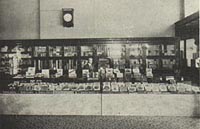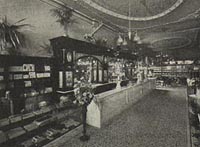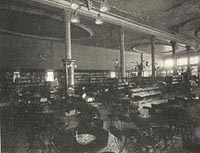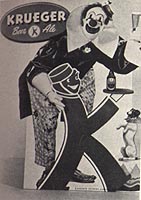Headlines
Windows Across the Pacific
In 1927, Japanese displaymen were proudly taking their cue from American counterparts
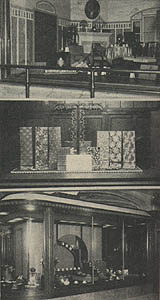
MasterClass: ‘Re-Sparkling’ Retail: Using Store Design to Build Trust, Faith and Brand Loyalty
HOW CAN WE EMPOWER and inspire senior leaders to see design as an investment for future retail growth? This session, led by retail design expert Ian Johnston from Quinine Design, explores how physical stores remain unmatched in the ability to build trust, faith, and loyalty with your customers, ultimately driving shareholder value.
Presented by:
Ian Johnston
Founder and Creative Director, Quinine Design
-

 Headlines2 weeks ago
Headlines2 weeks agoNetflix Houses Coming to Dallas, King of Prussia
-

 Headlines2 weeks ago
Headlines2 weeks agoFood Hall Set for NY’s Ex-Lord & Taylor Building
-
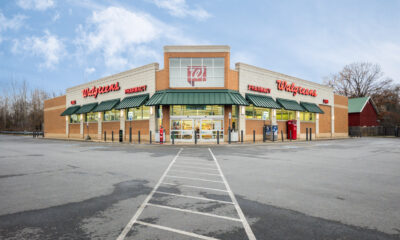
 Headlines4 days ago
Headlines4 days agoWalgreens Eyes Closing 2000-Plus Stores
-

 Headlines6 days ago
Headlines6 days agoHooters Shutters 40 Restaurants
-
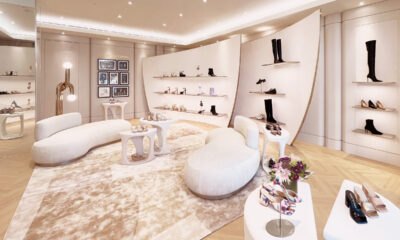
 Specialty Non-Apparel2 weeks ago
Specialty Non-Apparel2 weeks agoIf The Shoe Fits
-

 Headlines1 week ago
Headlines1 week agoPerkins Updating Its Restaurants’ Look
-

 Headlines2 weeks ago
Headlines2 weeks agoTarget Equipping Workers With AI Chatbot
-

 Specialty Non-Apparel1 week ago
Specialty Non-Apparel1 week agoPower Cycle

